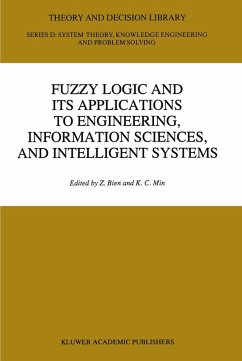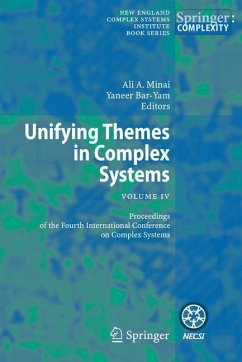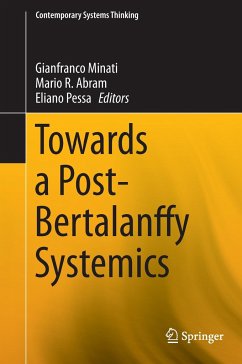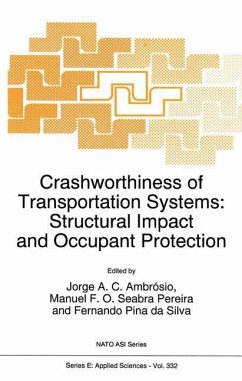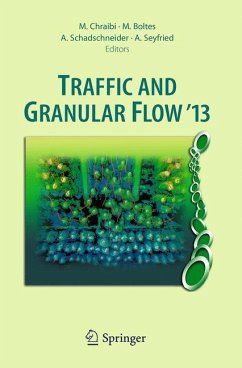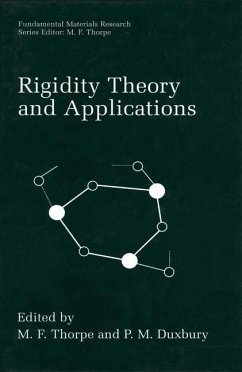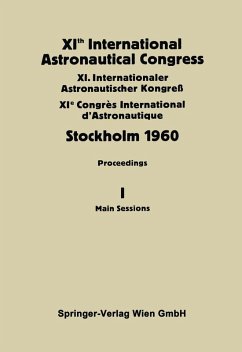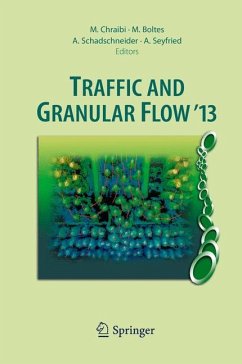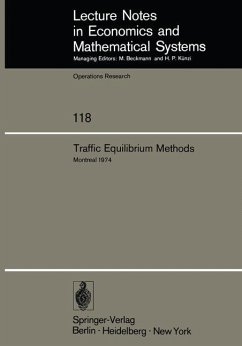
Traffic Equilibrium Methods
Proceedings of the International Symposium Held at the Université de Montréal, November 21-23, 1974
Herausgegeben: Florian, M.A.

PAYBACK Punkte
20 °P sammeln!
The interest in the mathematical modeling of transportation systems stems from the need to predict how people might make use of new or improved transport infrastruc ture in order to evaluate the benefit of the required investments. To this end it is necessary to build models of the demand for transportation and models that de termine the way in which people who travel use the transportation network. If such models may be constructed and their validity reasonably assured, then the predic tion of the traffic flows on future and present transportation links may be carried out by simulating future...
The interest in the mathematical modeling of transportation systems stems from the need to predict how people might make use of new or improved transport infrastruc ture in order to evaluate the benefit of the required investments. To this end it is necessary to build models of the demand for transportation and models that de termine the way in which people who travel use the transportation network. If such models may be constructed and their validity reasonably assured, then the predic tion of the traffic flows on future and present transportation links may be carried out by simulating future situations and then evaluating the potential benefits of alternative improvement projects. In the attempts that were made to construct mathematical models of transportation networks, the notion of equilibrium plays a central role. Suppose that the demand for transportation, that is, the number of trips that occur between the - rious origins and destinations is known. Then it is necessary todetermine how these trips are attracted to the alternative routes available between origins and destinations. Knight (1924), gave a simple and intuitively clear description of the behaviour of road traffic under conditions of congestion.





